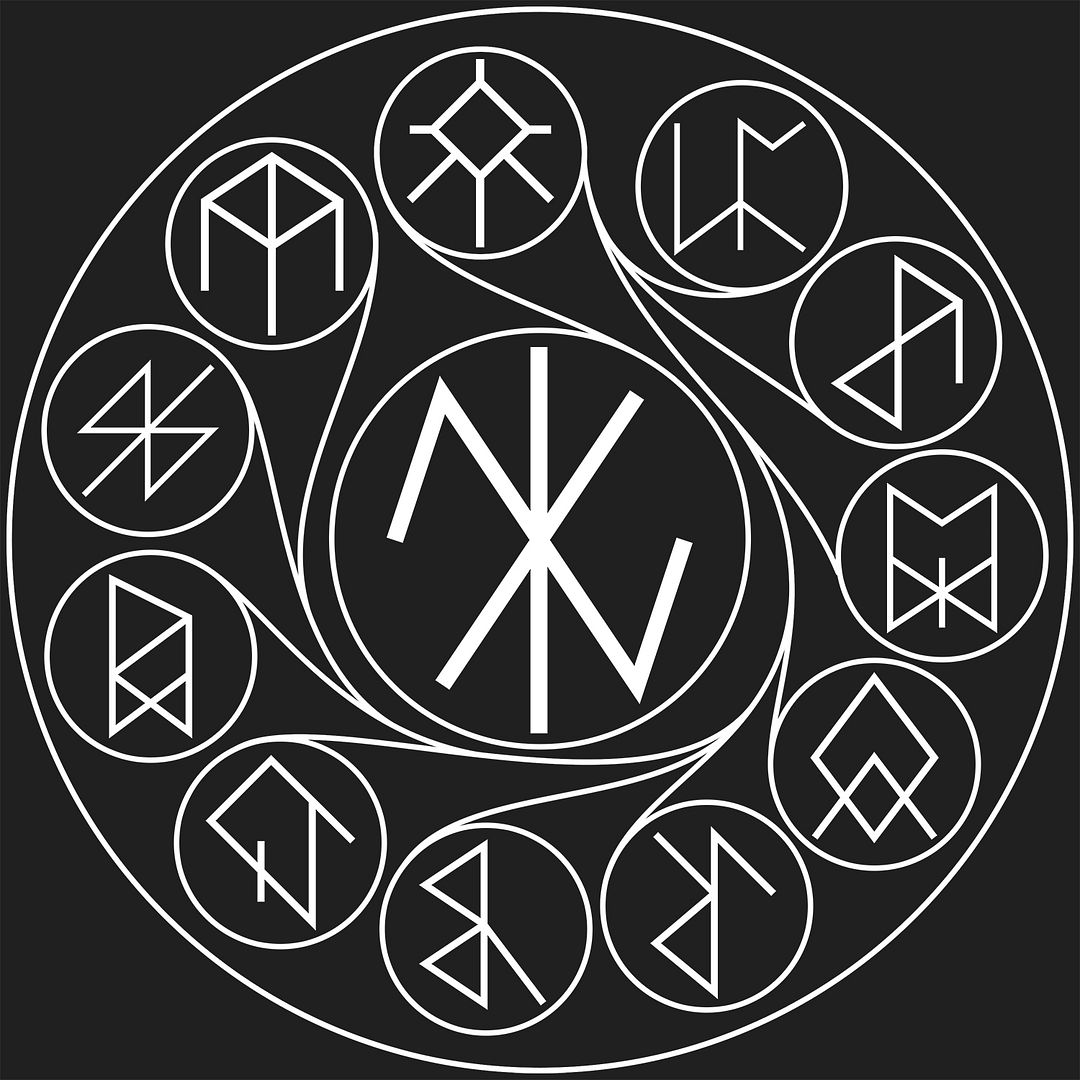
This week for Magic Mondays we bring you a defensive array that is sure to cover all bases.
This week we show you the Imperial Zephyr array.
Notation: Transmute Copper, Cold, Iron, Lead, Tin, Silver, Wood, Fire, Stone and Water into Air.
Description: Simple and straightforward, as all the old arrays are. And just as they simple and straightforward, so are they reliable and that is why they are still in use.
The Imperial Zephyr is to the Heavenly Empire of Man as the Middelburg Standard is to Alfresia; it is the most widely used defensive array in that nation, so much so that the Zephyr is the first array an Imperial will think of when thinks of defensive arrays. Take a Middelburg Standard to the Empire and they will all look at you strangely and ask why you would want to change such a proven and effective array as the Zephyr. A defensive Alfresian might reply in that the Standard is a safer and more reliable alternative, but what would that do against more than a millennium of tradition?
While it is true that the Standard is safer than the Zephyr, and one can argue that in the long term more reliable, to the Imperials (and those others who use the Zephyr) it becomes a question of energy. As all elementary rune scribes are taught, “A properly draughted array is one hundred percent efficient”, this is only half the equation. This is because an array can only output as much energy as the input it received. Wanting to create a flame but only inputted 1000 Joules of energy? Well then you will only get 1000 Joules worth of fire and not a Joule more.
A containment field steps around this problem because it does not truly exist. A containment field requires no energy at all to be created because it does not in any material sense exist. However, once it comes into contact with a material that it needs to contain or exclude, then it requires energy and it requires as much energy as would be needed to hold something in, keep something out, or obliterate something wholesale. In this way, the Standard requires no energy to be activated, but does require energy after it has been hit. “Product first, payment second” it could be said.
This can be risky as a containment field already activated, but without enough energy stop, for example, a musket round may deactivate halfway through stopping that round and not activate quickly enough to completely stop it, resulting in a potentially fatal wound for whomever is wearing the Middelburg Standard.
This is, the Imperials argue, where the Zephyr is a better array. By transmuting whatever hits it, it is a “Payment first, product second” type of array. It requires enough energy to transmute whatever hit it into air before it can activate. This is argued to be the more reliable method as most everything is more dense than air and so it takes less energy to transmute, for example, lead into air as it does air into lead. Theoretically, the Imperials argue, this means the array should never encounter a problem with energy usage.
The Alfresians argue that keeping up a containment barrier before being hit is far safer because the Zephyr requires energy input (nearly always in the form of being hit by something) before it can activate. Keep in mind that an array does not absorb energy, it translates it. This means that it creates a copy of the energy for its own use. This means that if something were to hit the Zephyr, the array would only transmute the material once it has gained enough energy. However, that energy is kinetic energy that the person wearing the Zephyr would feel. A hit too hard, too quickly, could potentially still kill the person even as the Zephyr transmutes it.
Who is right? Who is wrong? A question for the ages.
If you want to get more arrays, check out our Journal of Array Design over on DriveThruRPG, now also available as a deck of magic cards.
